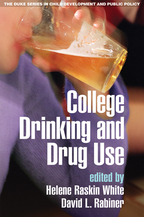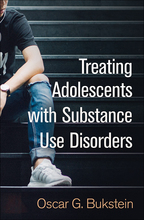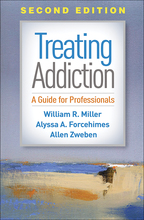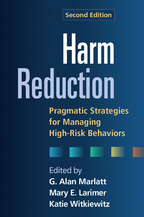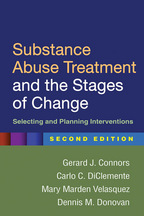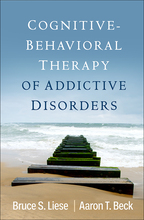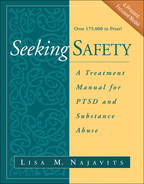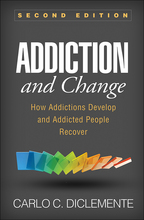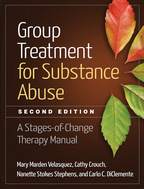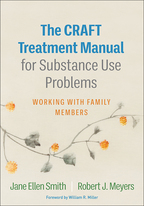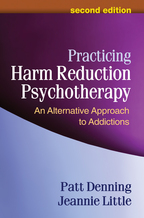College Drinking and Drug Use
Edited by Helene Raskin White and David L. Rabiner
I. The Scope of the Problem
1. Historical and Developmental Patterns of Alcohol and Drug Use among College Students: Framing the Problem, John E. Schulenberg and Megan E. Patrick
2. Use, Misuse, and Diversion of Scheduled Prescription Medications by College Students, Sean Esteban McCabe, James A. Cranford, Christian J. Teter, David L. Rabiner, and Carol J. Boyd
II. Biological and Neuropsychological Aspects of Substance Use
3. Chronic Effects of Heavy Alcohol and Marijuana Use on the Brain and Cognition in Adolescents and Young Adults, Krista M. Lisdahl and Susan Tapert
4. Emotional Dysregulation in the Moment: Why Some College Students May Not Mature Out of Hazardous Alcohol and Drug Use, Marsha E. Bates and Jennifer F. Buckman
III. Psychological and Social Aspects of Substance Use
5. Drinking in College Students and Their Age Peers: The Role of Anticipatory Processes, Richard R. Reich and Mark S. Goldman
6. The Effects of Alcohol on Other Behavioral Risks, Kim Fromme and Patrick D. Quinn
7. Personality and Contextual Factors in College Students’ Drinking, Alvaro Vergés and Kenneth J. Sher
IV. Prevention and Intervention Strategies
8. Brief Individual-Focused Alcohol Interventions for College Students, Jessica M. Cronce and Mary E. Larimer
9. Brief Interventions for Marijuana Use, Scott T. Walters, Christine M. Lee, and Denise D. Walker
10. Alcohol Interventions for College Student–Athletes, Matthew P. Martens
11. Community and Environmental Prevention Interventions, Robert F. Saltz
12. The Impact of College Student Substance Use: Working with Students on Campus, Jason R. Kilmer and Shannon K. Bailie
13. Campus Recovery Programs, Lisa Laitman and Lea P. Stewart
V. Policy Issues
14. The Minimum Legal Drinking Age: 21 as an Artifact, Philip J. Cook and Maeve E. Gearing
15. Balancing Cost and Benefits of the Minimum Legal Drinking Age: A Response to Cook and Gearing, Robert F. Saltz and James C. Fell

